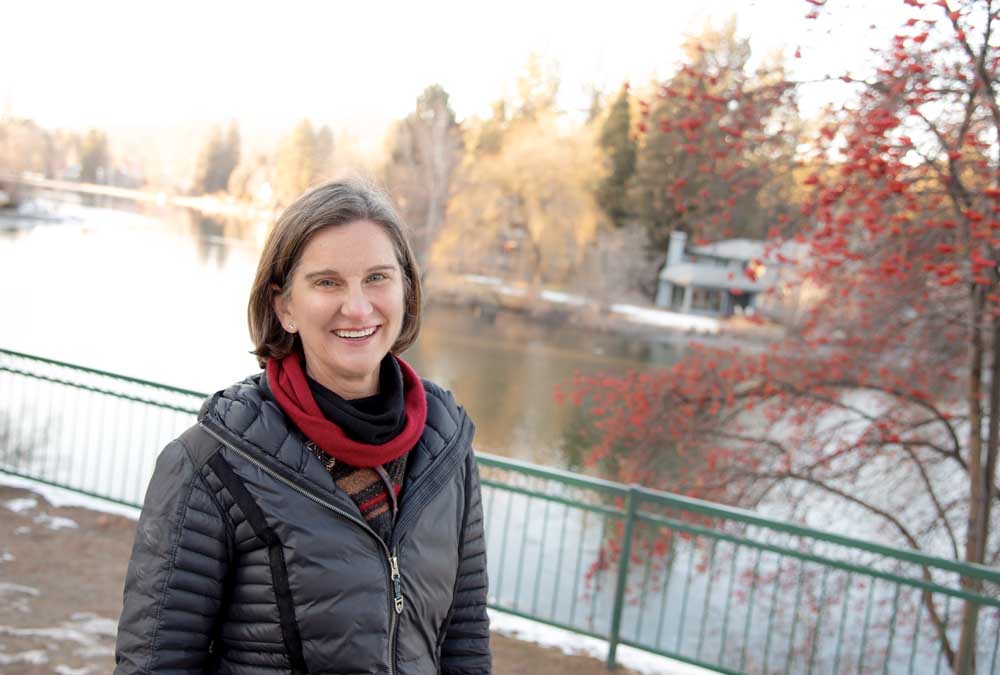Bend population tops 100,000 residents in 2019, U.S. Census estimates
Published 2:15 pm Thursday, May 21, 2020

- Russell: “We will continue to look at how we can support these people with this situation in Afghanistan.”
In 2019, the growing population of Bend surpassed 100,000 residents, becoming only Oregon’s sixth city to do so, according to new U.S. Census Bureau estimates.
Mayor Sally Russell emphasized this number wasn’t a solid figure, but said the estimate proves that city services need to keep pace with Bend’s ongoing population boom. “(This) tells us what we already knew, which is that we’re a fast-growing community,” she said. “As a community leader, I need to make sure that my colleagues in the city of Bend, as well as Deschutes County, need to be working proactively to prepare our community to address this growth.”
Bend’s estimated population last year was 100,421 after adding 2,831 residents between 2018 and 2019, according to the U.S. Census.
It was Oregon’s fastest-growing large city last year, with its 2.9% bump in population higher than Portland, Salem, Eugene or any other city in the state with at least 80,000 residents. Only Portland had a larger raw numeric increase in population in 2019, adding 3,904 people.
Bend also leapfrogged Beaverton in 2019 to become the state’s sixth-largest city, according to U.S. Census estimates. It is now only about 9,000 people smaller than the fourth- and fifth-largest Oregon cities, Gresham and Hillsboro — and Gresham has actually shrunk in population for three straight years.
Russell believes one major factor for Bend’s continued growth is the rise of telecommuting. Even before the COVID-19 pandemic forced many people to work from home, up to 20% of Bend residents voluntarily did that, she said.
“As we move into more virtual workspaces, it allows more people to choose where they live, and Bend appears to be one of those cities (that they choose),” the mayor said.
Damon Runberg, regional economist for the Oregon Employment Department, noted that Bend’s continued population growth has helped the region’s economy flourish in recent years.
“Our population growth is really our competitive advantage we have against other metropolitan areas, as far as driving economic growth,” he said. “The influx of skilled workers moving here has been a boon for businesses being able to grow.”
However, Runberg warned that Bend’s population boom will likely slow in 2020 — along with many other cities — due to the COVID-19 pandemic. Because fewer people are moving from place to place during this time, Bend could see its slowest population growth in years, Runberg said.
Bend is still the largest city east of the Cascades in Oregon. In the entire Inland Northwest, it ranks fifth in population, behind Boise, Idaho; Spokane, Washington and those two cities’ respective suburbs of Meridian and Spokane Valley.
All eight incorporated cities in Central Oregon saw varying degrees of population growth last year, according to census estimates:
- Redmond had 32,421 residents, an increase of 4.9% and 1,509 people.
- Prineville had 10,734 residents, an increase of 4% and 412 people.
- Madras had 7,051 residents, an increase of 1.8% and 124 people.
- Sisters had 2,781 residents, an increase of 2.1% and 57 people.
- La Pine had 1,929 residents, an increase of 2.3% and 44 people.
- Culver — the region’s fastest growing city in 2019 — had 1,680 residents, an increase of 6.3% and 99 people.
- Metolius had 801 residents, an increase of 1.8% and 14 people.
Since 2010, Bend’s population has grown at a rate of 31%, the second-highest in the region behind Sisters, which has grown by 36.5% since the start of the decade.






